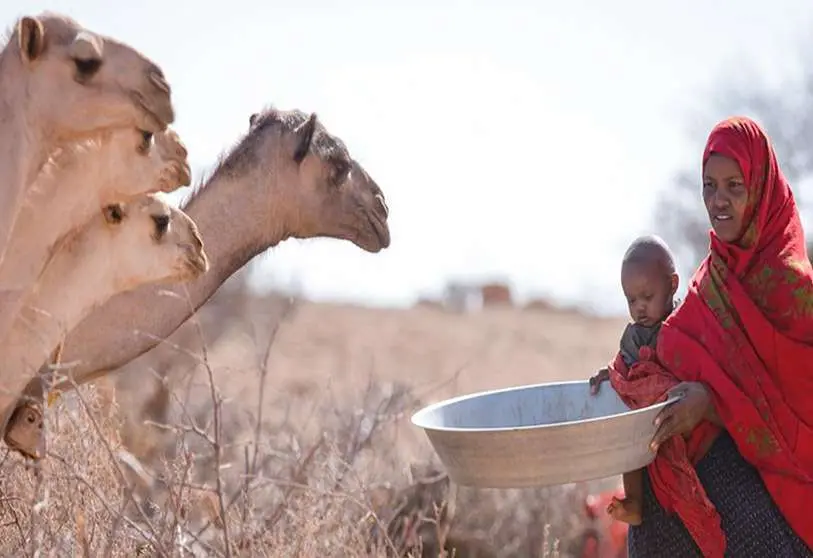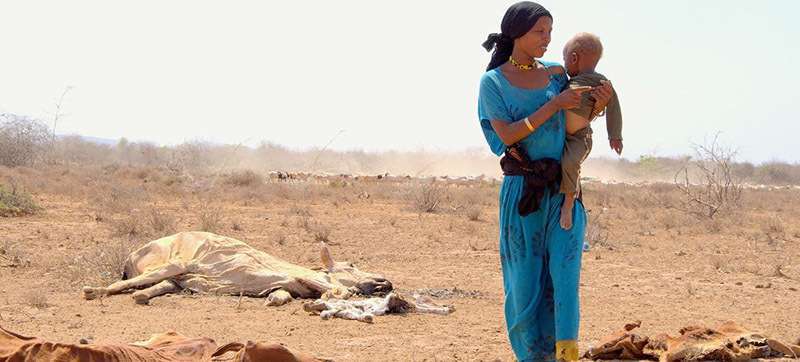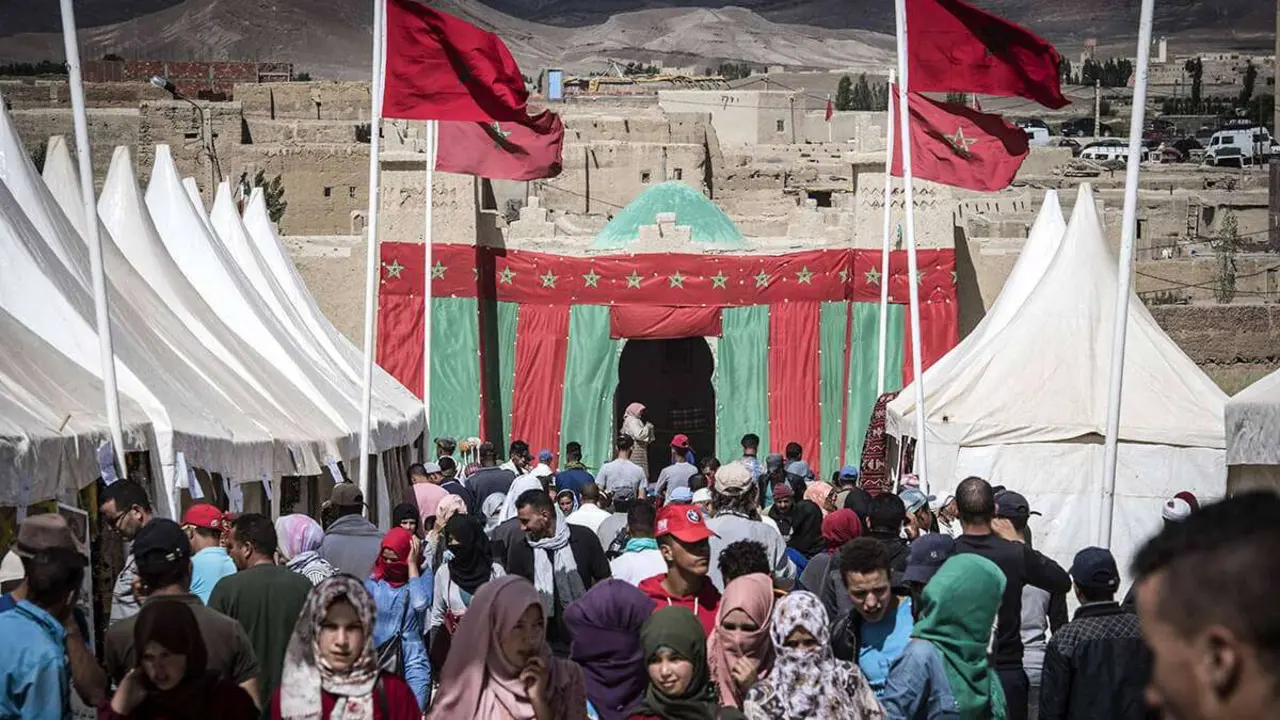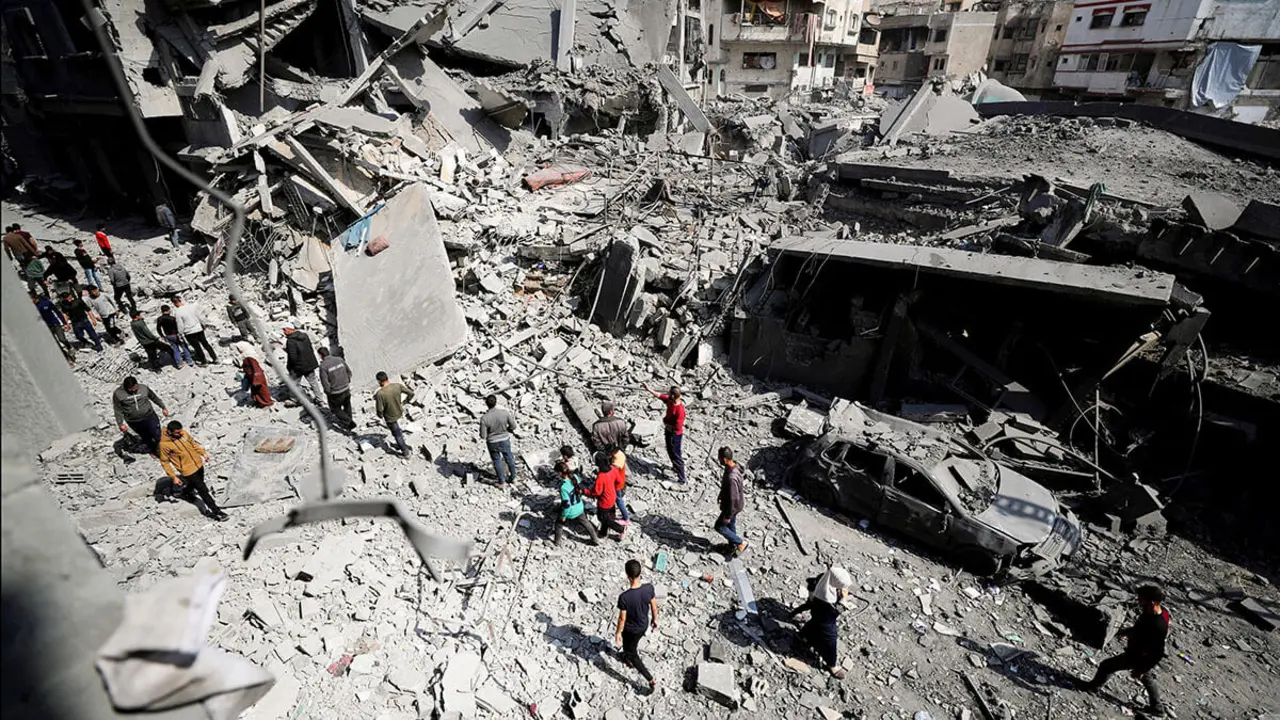Children in the Sahel and Horn of Africa are "one disease away from catastrophe"

Severe malnutrition and the risk of water-borne diseases among children in the Horn of Africa and the Sahel could lead to devastating mortality if urgent assistance is not provided, the United Nations Children's Fund warned on Monday.
Coinciding with World Water Week, which runs from 23 August to 1 September, UNICEF's Executive Director warned that this situation leaves millions of children in these two vast regions of Africa "one disease away from catastrophe".
"History teaches us that when high levels of severe acute malnutrition in children are combined with lethal outbreaks of diseases like cholera or diarrhoea, child mortality rises dramatically and tragically. When water is inaccessible or unsafe, the risks to children multiply exponentially," said Catherine Russell.
The number of people affected by drought and without access to safe water in Ethiopia, Kenya and Somalia rose from 9.5 million in February to 16.2 million in July, putting children and their families at greater risk of contracting diseases such as cholera and diarrhoea.
Drought, conflict and instability are leading to water insecurity in Burkina Faso, Chad, Mali, Niger and Nigeria, where 40 million children face high to extremely high levels of water vulnerability.
According to the latest data from the World Health Organisation, more children in the Sahel die from unsafe water and sanitation than anywhere else in the world.
Most people in the Horn of Africa depend on water supplied by truck drivers or donkey carts. In the most drought-affected areas, water is no longer affordable for many families. Some facts illustrate the dire situation:
- Compared to January 2021, there are 23 counties in Kenya that have seen significant price hikes, led by Mandera at 400% and Garissa at 260%.
- During the month of June, water prices doubled in Ethiopia's Oromia region and, compared to the start of the drought in October 2021, increased by 50% in Somali region.
- Compared to January 2022 prices, the average cost of water rose by 85% in southern Somali Mudug region, and by 55% and 75% respectively in Buurhakaba and Ceel Berde localities.

UNICEF notes that more than 2.8 million children in both regions are already suffering from severe acute malnutrition, meaning that their risk of dying from waterborne diseases is 11 times higher than that of children in well-nourished countries.
Outbreaks of diarrhoea and cholera have been reported in almost all drought-affected districts of Somalia, with 8,200 cases confirmed in the first six months of the year, more than double the number in the same period last year.
Nearly two-thirds of the affected children are under five years old. Between June 2021 and 2022, UNICEF and partners treated more than 1.2 million cases of diarrhoea in children under five in the most drought-affected regions of Ethiopia: Afar, Somali, Southern Nations and Peoples and Oromia.
In drought-affected areas of Kenya, more than 90 per cent of outdoor water sources - such as ponds and wells - are depleted or dry, posing a serious risk of disease outbreaks.
Water availability in the Sahel has been reduced by more than 40 per cent in the last 20 years as a result of climate change and other factors such as conflict, increasing the risk of waterborne diseases for millions of children and families.
Last year alone, West and Central Africa experienced the worst cholera outbreak in six years, with 5610 cases and 170 deaths in the Central Sahel.

UNICEF's actions for families in the Horn of Africa and the Sahel include improving access to water, sanitation and hygiene services, drilling reliable groundwater wells, identifying and treating malnourished children, and expanding prevention services.
UNICEF's appeal, aimed at improving the long-term resilience of families in the Horn of Africa region and preventing drought from further devastating lives in the coming years, is currently only 3 per cent funded. Of that, almost no money has been received for water, sanitation and climate resilience.
The appeal to meet the needs of vulnerable families in the Central Sahel region through water, sanitation and hygiene programmes is only 22 per cent funded.
To paint a picture of the desperation of these families, Russell asked to imagine the impossible choice that many mothers and fathers will face.
"Imagine having to choose between buying bread or water for a hungry and thirsty child who is already sick, or between watching your child go extremely thirsty or letting them drink contaminated water that can cause deadly diseases," she explained, indicating that the only way to end this crisis is "for governments, donors and the international community to increase funding to meet children's most pressing needs and provide long-term, flexible support to break the cycle of crisis."








